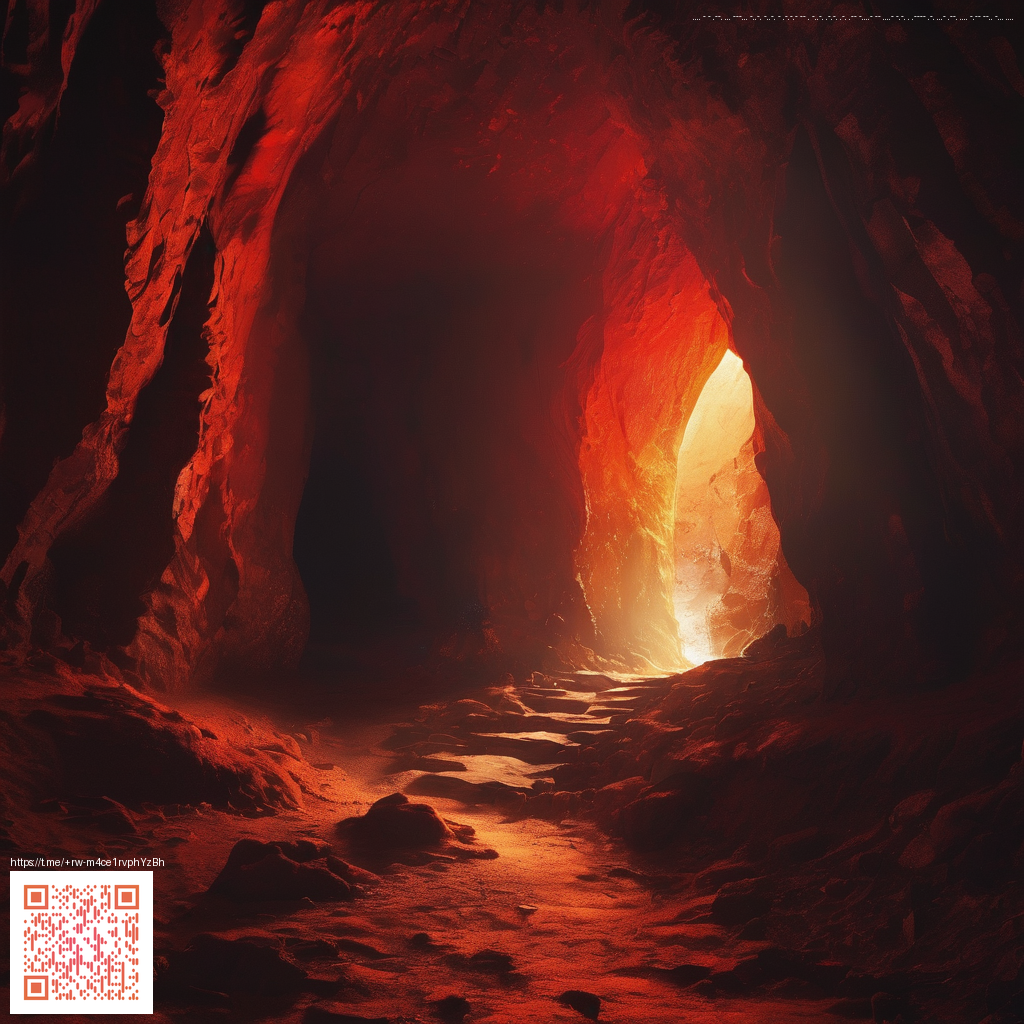
Symbolic Warfare and Moral Echoes in a Subversive Shooter
What begins as a tightly wound action game gradually unfurls into a meditation on guilt, complicity, and the price of war. The landscape is not only a battlefield but a canvas where players confront the consequences of their choices. From the opening sequence onward, the title crafts a tension between satisfyingly precise gunplay and the unsettled question of what it means to be a soldier responsible for the outcomes of every decision. 💠 The result is a veteran-level study in how interactive media can force players to reckon with guilt long after the last round is fired.
Visual Language and War Imagery
The game layers its war imagery with deliberate, uncomfortable symbols. White phosphorus scenes and the ruined cityscape serve not as spectacle but as a running reminder that perspective matters. Rather than heroism, the presentation leans into ambiguity, inviting players to question the romance of combat. The photography-like framing—close quarters, tight corridors, and claustrophobic streets—pulls players into a moral theater where every encounter becomes a test of restraint and reflection. 🌑
Conrad-inspired allusions thread through the experience, reframing conventional combat momentum as a study in how narratives shape memory. The design nudges players away from classic “clear the room” loops toward an awareness of aftermath, revealing that victory in this story is rarely unambiguous. This shifting lens is what makes the title resonate with seasoned players who crave more than a rinse-and-repeat shooter’s cadence.
Narrative Arcs and Moral Injury
Central to the discourse is the concept of moral injury—the psychic toll that arises when actions contradict one’s moral compass. The protagonist’s journey is not about mastery of a weapon but about coming to terms with how one’s own decisions ripple outward. The game invites a difficult reckoning: when the line between self-preservation and duty blurs, who bears the fault when the smoke clears?
Player agency is reframed as a stark question rather than a badge of courage. Choices are weighed not only in the moment of tension but in the long echo of consequences, prompting discussions in the community about how to measure bravery when you might be choosing the lesser evil. The result is a narrative that rewards critical thinking as much as dexterity, a rare blend in a genre known for its adrenaline. 👁️
Player Agency and Interpretive Space
Endings and nontraditional beats become a living map for interpretation. The work deliberately blurs the line between the player and Walker, making the journey feel like an inside-out examination of culpability. Community discussions frequently circle back to the idea that the game challenges players to ask not only what they would do in a fictional crisis but what they believe about themselves after the crisis ends. The final sequence, in particular, is a mirror held up to the player, asking who they blame for the carnage and why.
Writers and developers have spoken about their intention to critique the glamorization of war and to force a difficult conversation about responsibility. The storytelling choices are less about shock value and more about prompting an ethical inventory, which is why the title remains a touchstone in scholarly and fan-driven debates. This approach has kept the title relevant in a landscape where glossy military fiction is abundant, proving that thoughtful symbolism can outlive trend cycles. 💬
Developer Commentary and Community Readings
Behind the scenes, the creative team aimed to subvert expectations for a war game by prioritizing moral texture over spectacle. The writer and director have explained that the work is less a celebration of victory and more a cautionary tale about the human cost of decisions made under pressure. For fans, this has sparked a robust ecosystem of readings, fan art, and critical essays that parse how symbolism functions at the intersection of gameplay, visuals, and dialogue. The result is a lasting, participatory conversation where players contribute their own readings and legacy discussions. 🔍
Modding Culture and Community Dialogue
While the core experience focuses on narrative weight, the surrounding culture thrives on analysis and reinterpretation. A dedicated subset of players explores how recontextualizing scenes or reframing motives can alter perception without changing the core mechanics. The community’s enthusiasm for dissecting motifs demonstrates how a tightly written, morally complex game can inspire more than just speed runs; it becomes a catalyst for conversations about ethics in media, memory, and the responsibility of creators to challenge their audience. 💡
In the broader update and retrospectives landscape, critical essays continue to surface that connect the title’s themes to real-world contexts. As new players discover the game, followers of the discourse revisit the corridors of memory and responsibility, exchanging theories about the meaning of every choice and the role of the player as co-author of the story’s moral arc. 🌒
For readers hungry for fresh perspectives, the work remains a stellar case study in how symbolism and meaning can be engineered into a genre ordeal. Its enduring question who bears responsibility and what counts as courage makes it a perennial reference point for discussions about the ethics of interactive storytelling.